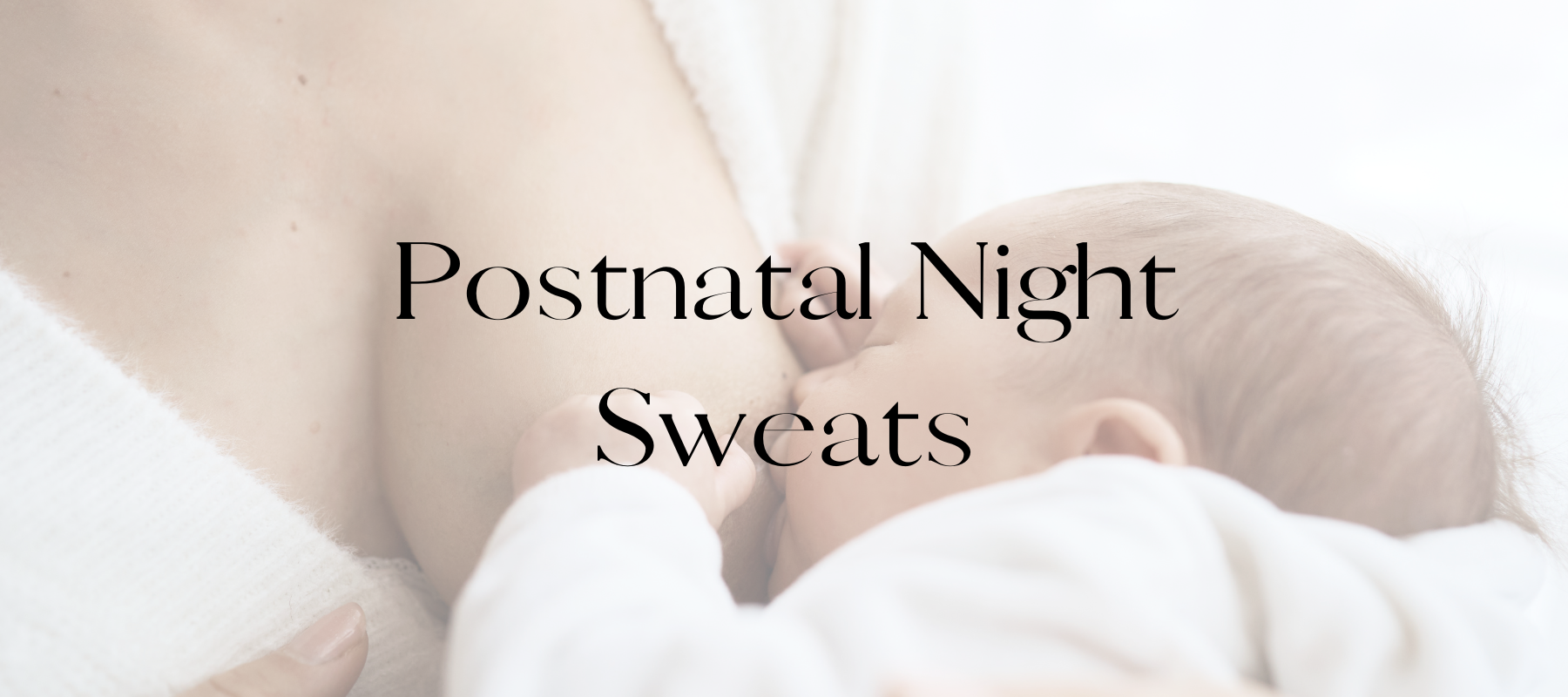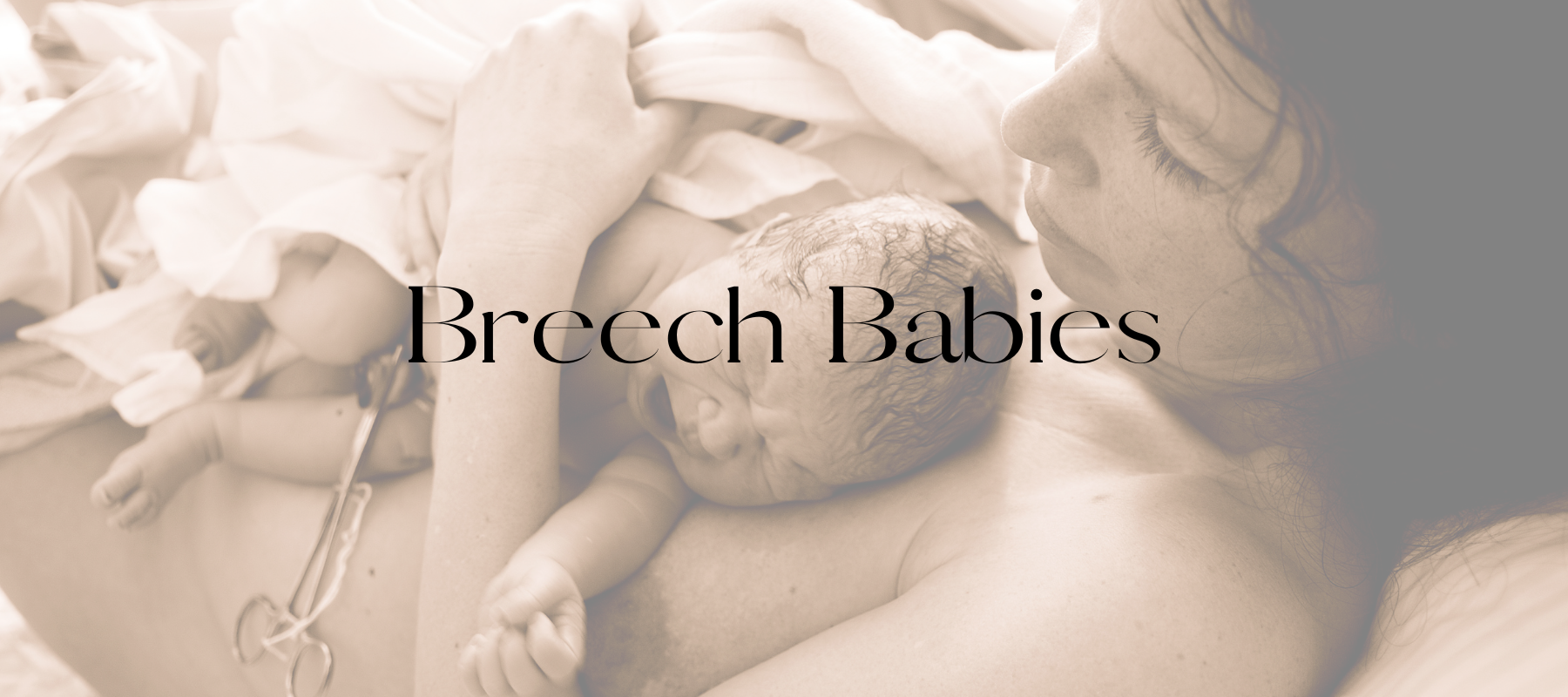So, it’s week one at home with your brand-new baby, you have finally managed to convince your newborn to fall asleep and you now settle into your bed hoping to capture a few precious hours! Then sometime in the night you wake - dripping with sweat, sheets soaked through. These are known as postpartum or ‘breastfeeding’ sweats. Affecting approximately 29% of women, they can certainly impact your quality of life while caring for your baby.
Known causes of Postnatal Night Sweats:
- During pregnancy you have a 40% increase in blood volume to accommodate for your developing baby. After delivery your body must rid itself of this excess fluid by reabsorption and then excretion through urine or sweat.
- Once your baby is born and the placenta has been delivered a dramatic drop in hormone levels may cause you to have hot flushes and sweat.
But waking up and cleaning your sheets is no fun for anyone! How long will they last?
Most research supports breastfeeding sweats are the most severe in the first 2 weeks postpartum but may last as long as 6 weeks.
What can you to assist with postnatal night sweats?
- Try to stay cool, a fan or open windows may help!
- Stay hydrated
- Wear loose natural fabrics to bed
- Limit spicy foods and excessive caffeine
- Healthy diet and exercise
- Hang tight! It's going to get better 😊
Written by Keryn Thompson, RM & IBCLC (L-301766)
References
Rumi, I., Keiko, N., Yoshie, N., Mari, H., Hirokazu, U., Yukie, M. and Toshiyuki, Y., 2020. Prevalence and factors related to hot flashes and night sweats in postpartum women in Japan. International Journal of Nursing and Midwifery, 12(1), pp.14-21.
Thurston, R., Luther, J., Wisniewski, S., Eng, H. and Wisner, K., 2013. Prospective evaluation of nighttime hot flashes during pregnancy and postpartum. Fertility and Sterility, 100(6), pp.1667-1672.



